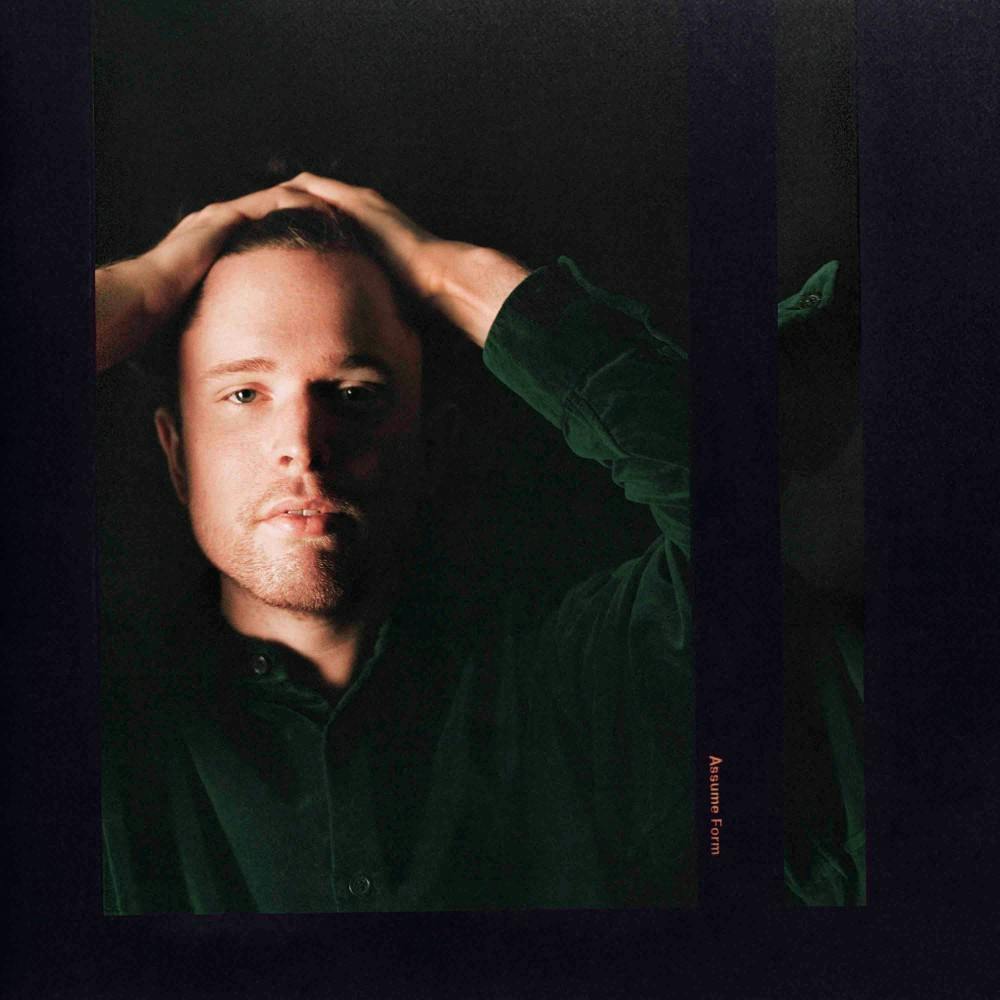James Blake is an artist whose music is so distinct that, despite his significant popularity, it's almost impossible to describe. Blake’s forte lies in his fearlessness to experiment, never failing to bring in mysterious sounds and bizarre electronic interludes. Assume Form, released January 19th, has the elements of a more matured, experienced Blake, featuring a broader range of guests and heavier rhythms, though it's not completely rid of the desolate loneliness of his previous albums. In tracks like “Mile High,” “Where's the Catch?,” and “Tell Them,” Blake collaborates with hip-hop artists from Metro Boomin’ to Andre 3000.
A smooth running of piano notes opens the first track, the eponymous “Assume Form,” setting the free–flowing tone for the album. Blake’s longing, distant voice matches his lyrics as he sings, “Now I'm confiding, know I'm in haze. Gone through the motions my whole life.” He repeats, “I will assume form,” as his melodies take on various shapes, shifting from pleads to quiet whispers. Blake makes love seem like a secret game of give and take, passed between two people. In contrast with the fluidity of the opening track, Metro Boomin’s style of overlaying syncopated tracks dominates in “Tell Them,” as it is complemented by Moses Sumney’s high pitched, ghostly voice. Sumney’s calming allure subtly intertwines with Blake’s more dominant repetition of “Heart, tell them what you came for.”

Photo Credit: Amanda Charchain. Provided by U Music.
This same intersection of voices occurs on the track, “Barefoot in the Park,” where Blake brings in the female voice of ROSALIA, a rising Spanish singer. ROSALIA delicately opens with “Agujerito del cielo / Cuelando el brillo de Dios,” directly taken from Nina Pastori’s song, “Entre dos Puertos.” She switches between Spanish and English, joining Blake in singing “Barefoot in the park /You start rubbing off on me,” leaving the listener in a trance. Most of Blake’s musical guests are complementary, lurking in the background. This changes in “Where’s the Catch?,” which is more jarring with an icy cool, repetitive melody, anchored by pulsing bass notes. André 3000 interrupts Blake in the middle of the song with a monotonous but assertive tone over a steady beat, exploring the theme of depression creeping up. He raps: “Exorcism, pessimism has arisen / There’s no reason really, treason to myself so silly / So perfect, so perfect, so why do I look for curtains?” These themes are also reflected in “Don’t Miss It,” which deals with the way Blake’s sadness and depression changes with the loss of relationships.
Blake ends his album with the eerie track, “Lullaby for My Insomniac,” which has few lyrics, and is instead filled with sounds of pulsing choir chants, sometimes growing further away before closer together. He describes the feeling of trying to fall asleep with an insomniac lover, “If you can't/I'll stay up, I'll stay up too.”
This outro perfectly closes out the album, with Blake presenting himself as a lover whose loneliness has diminished but still can’t be ignored. By the end, no conclusion is reached. Rather, the album acts as a journey through the hurdles of love gained and love lost, with a reflection on the self. Working with artists with different styles has made Blake’s music stronger, showing that he has the ability to “assume form” with various styles, while still maintaining his identity as a deeply isolated, but beautifully morose artist.

